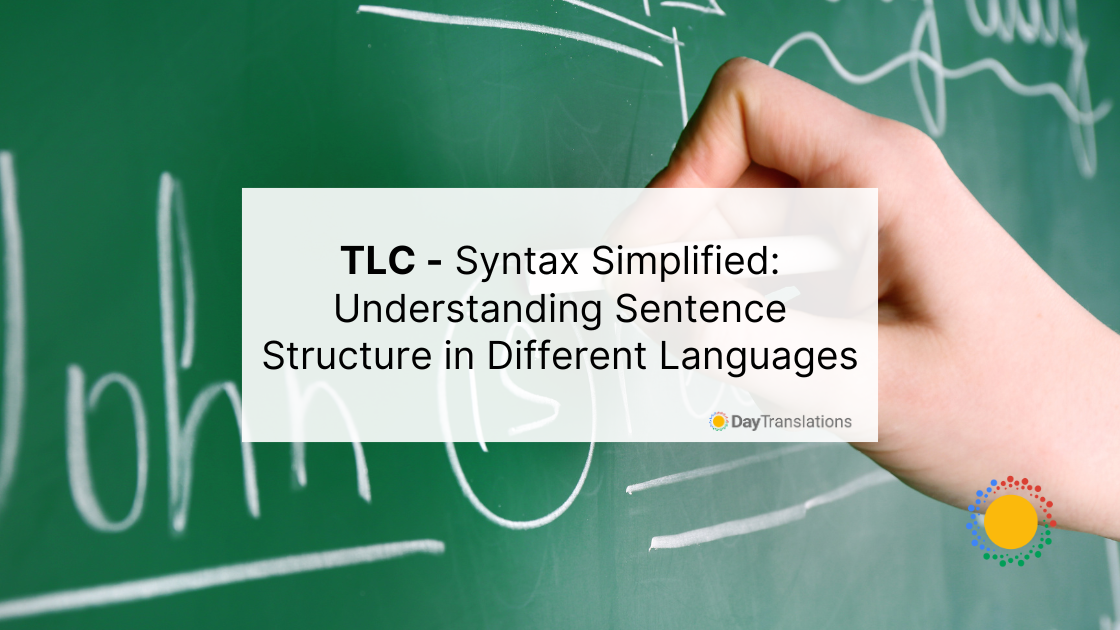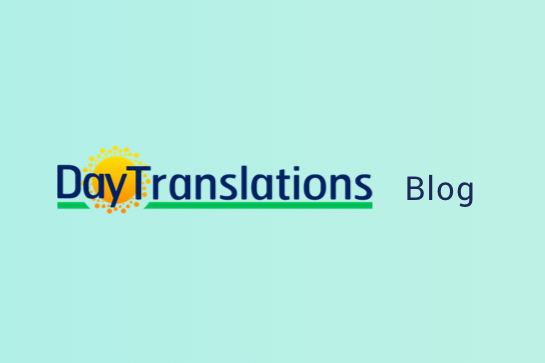Welcome back to The Language Classroom, where we set the foundations for insightful and impactful linguistic explorations. In today’s session, we’re exploring and simplifying syntax to help you understand sentence structure across various languages!
Understanding sentence structure, or syntax, is fundamental to mastering any language. Syntax refers to the rules, principles, and processes that dictate how words are arranged to convey meaning. While the basic components of sentences—subjects, verbs, and objects—are common across languages, how these elements are organized can vary significantly.
What is Syntax?
Syntax is the study of how words combine to form grammatical sentences. It encompasses the rules that govern sentence structure, ensuring that sentences are clear and comprehensible. Syntax helps distinguish between grammatically correct sentences and those not, enabling effective communication.
Key Components of Syntax:
- Subjects and Predicates: The subject is the doer of the action, while the predicate includes the verb and provides information about the subject.
- Word Order: This refers to the sequence in which words appear in a sentence, often varying across languages.
- Agreement: This involves matching subjects with appropriate verbs and pronouns with their antecedents and ensuring consistency in number, gender, and tense.
Sentence Structure Basics
Languages around the world can generally be categorized based on their common sentence structures. The most prevalent types are:
Subject-Verb-Object (SVO)
This structure is common in English, Spanish, and Chinese. For example:
- English: “The cat (subject) chased (verb) the mouse (object).”
- Spanish: “El gato (subject) persiguió (verb) al ratón (object).”
Subject-Object-Verb (SOV)
Found in languages like Japanese, Korean, and Turkish. For example:
- Japanese: “Neko ga (subject) nezumi wo (object) oikaketa (verb).”
- Korean: “Goyangi ga (subject) jwi reul (object) jjota (verb).”
Verb-Subject-Object (VSO)
Common in languages such as Arabic and Welsh. For example:
- Arabic: “Akala (verb) al-kalb (subject) al-lahma (object).”
- Welsh: “Gwelodd (verb) y ferch (subject) y ci (object).”
Verb-Object-Subject (VOS)
Seen in languages like Malagasy and Fijian. For example:
- Malagasy: “Nahita (verb) ny saka (object) ny zazalahy (subject).”
Object-Subject-Verb (OSV)
Rare but present in some languages like Xavante. For example:
- Xavante: “Ti (object) ‘wedya (subject) hoxe (verb).”
Object-Verb-Subject (OVS)
Rare and found in languages like Hixkaryana. For example:
- Hixkaryana: “Wai (object) yano (verb) ha (subject).”
Syntax in Action: Comparing Languages
To illustrate how syntax varies, let’s compare how different languages construct sentences with the same basic meaning.
English (SVO)
“The girl (subject) eats (verb) an apple (object).”
Japanese (SOV)
“Shoujo ga (subject) ringo wo (object) taberu (verb).”
Arabic (VSO)
“Akalat (verb) al-fatat (subject) al-tufaha (object).”
Welsh (VSO):
“Bwytaodd (verb) y ferch (subject) yr afal (object).”
While each sentence conveys the same meaning, the word order changes, reflecting the syntactic rules of each language.
Special Sentence Structure Features in Different Languages
Null Subjects
Some languages, like Spanish and Italian, allow sentences without explicit subjects because the verb conjugation indicates the subject. For example:
- Spanish: “Comí una manzana.” (I ate an apple.)
- Italian: “Ho mangiato una mela.” (I ate an apple.)
Case Marking
In languages like German and Russian, noun cases indicate the grammatical role of a noun, allowing for flexible word order. For example:
- German: “Der Hund beißt den Mann.” (The dog bites the man.)
- Russian: “Собака кусает человека.” (The dog bites the man.)
Polysynthetic Languages
Some languages, such as Inuktitut, incorporate many morphemes (smallest units of meaning) into single words, creating complex sentences within a single word. For example:
- Inuktitut: “Tusaatsiarunnanngittualuujunga” (I can’t hear very well.)
The Importance of Sentence Structure in Language Learning
Understanding syntax is crucial for language learners as it enhances their ability to construct grammatically correct sentences and improves comprehension. In addition, using a sentence checker, learners can ensure their sentences follow proper syntactic rules, helping them refine their writing and communication skills.
By grasping these rules, they can:
- Improve Communication: Proper syntax ensures that sentences are unambiguous.
- Enhance Writing Skills: Understanding sentence structure aids in creating well-formed written texts.
- Boost Reading Comprehension: Recognizing syntactic patterns helps understand complex sentences.
- Facilitate Language Acquisition: A strong foundation in syntax accelerates the learning process of additional languages.
Strategies for Learning Syntax and Sentence Structure
- Practice with Examples: Analyzing sentences in the target language helps internalize syntactic rules.
- Compare with Native Language: Noting similarities and differences in syntax between the learner’s native language and the target language aids understanding.
- Use Visual Aids: Diagrams and sentence trees can help visualize sentence structure.
- Engage in Active Practice: Constructing sentences and receiving feedback reinforces learning.
Wrapping Up on Sentence Structure
Syntax is the backbone of any language, governing how words combine to create meaningful sentences. By exploring sentence structures across different languages, we gain a deeper understanding of linguistic diversity and the universal principles underlying human language. Mastering syntax improves language proficiency and enriches our appreciation of the complexities and beauty of linguistic expression. As you continue your journey in The Language Classroom, remember that understanding syntax is a key step toward becoming a skilled linguist. Happy learning!












Sorry, the comment form is closed at this time.